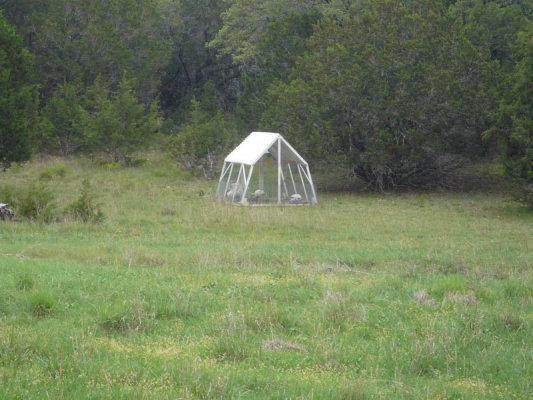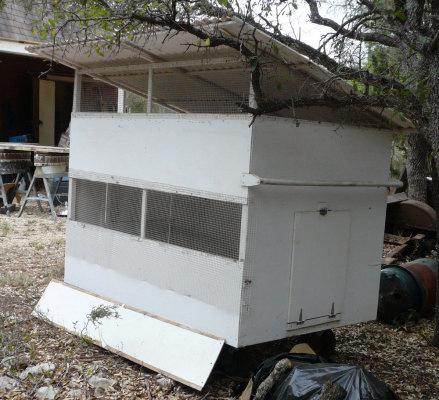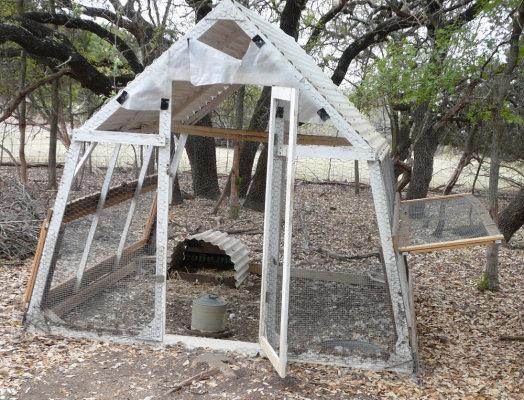









Idle dreamer








 )
)Idle dreamer






Idle dreamer








Idle dreamer
















M. Edwards (fiveandahalffarm) wrote:
I would raise the meat birds in as many "shifts" as possible to spread out the work of processing them. You'd be hard pressed to clean fifty carcasses in a day without some pretty substantial help.












 ?? Should i just put a wood floor with slats???
?? Should i just put a wood floor with slats???







M. Edwards (fiveandahalffarm) wrote:
I still think pastured heritage birds are the clear route for the conscientious. Besides that, their flavor is far superior.
Idle dreamer









































pubwvj wrote:
Here's ours:
http://images.google.com/images?q=site:flashweb.com+chicken%20hoop%20house
as well as some other hoop things.




organick wrote:
What a great idea. so you guys basically use the same house all year and change the cover with winter is that right? Thats a great, simple, and I imagine low cost concept. Some shorter ones would be great for shade to I suppose.
How do you keep it vented in winter? What do you cover it with?
















organick wrote:Have you had big problems with wind and the cover?
organick wrote:Also having basically open housing when you move your fencing to a new area how do you move the birds?





|
Without deviation from the norm, progress is not possible - Zappa. Tiny ad:
Support permies and give beautiful gifts to gardeners: permaculture playing cards.
https://gardener-gift.com/
|







